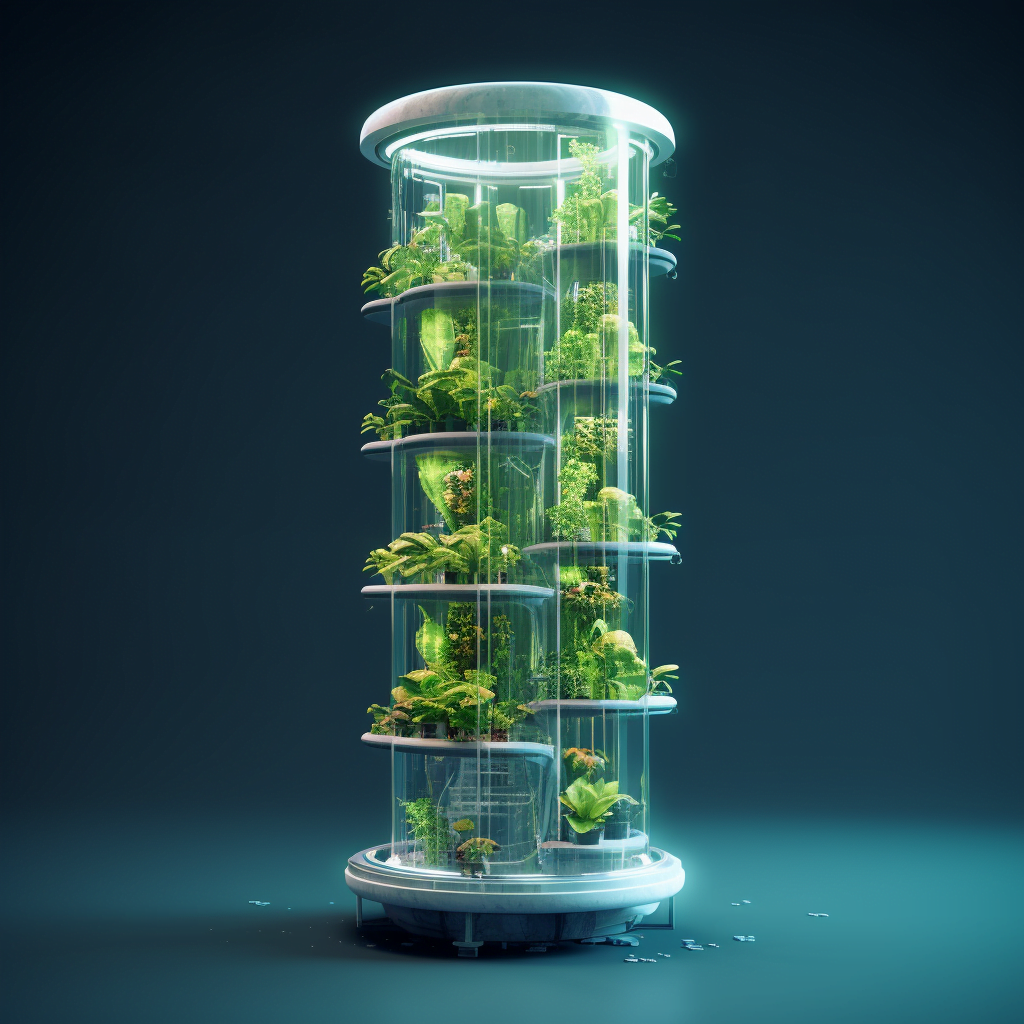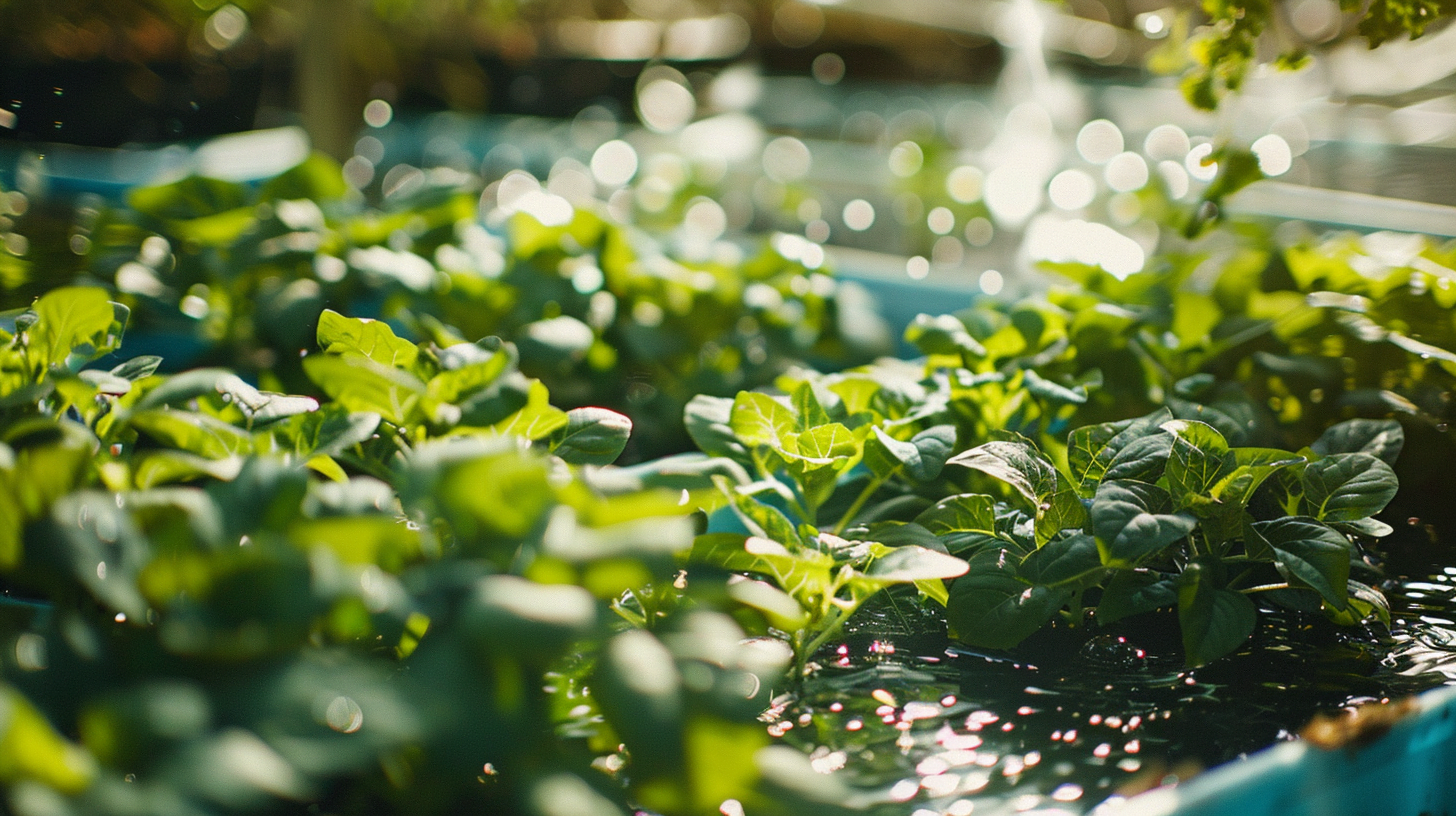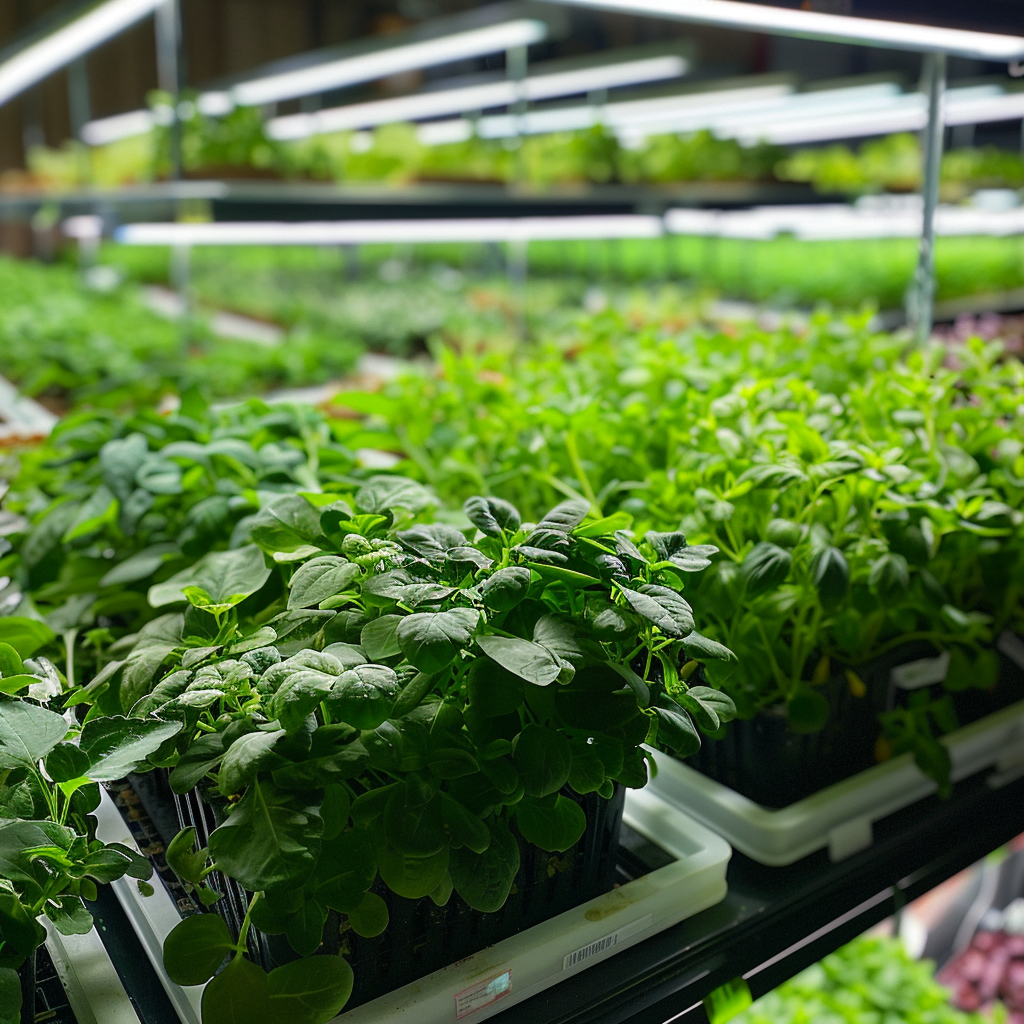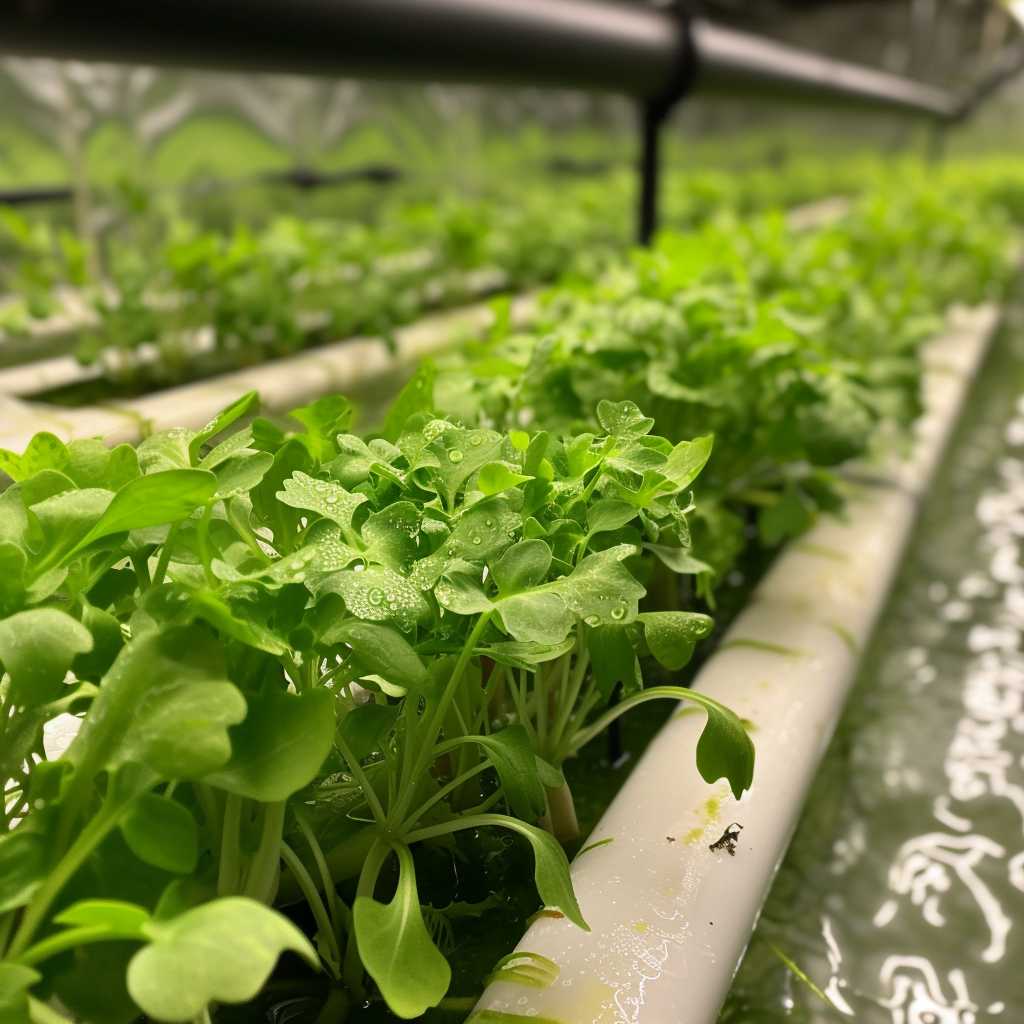Introduction
Hydroponic towers represent a revolutionary approach to gardening, offering a soilless, efficient, and space-saving solution for growing plants. In this beginner’s guide, we delve into the fascinating world of hydroponic gardening, specifically focusing on the question, “How do hydroponic towers work?” This article aims to demystify the concept and mechanics behind hydroponic towers, a vertical gardening system that uses mineral nutrient solutions in water to nurture plants. Ideal for urban spaces and small gardens, hydroponic towers are changing the way we think about and practice gardening. Join us as we explore this innovative method, its benefits, components, and how it can transform your approach to plant cultivation.
Hydroponic towers are vertical structures used to grow plants without soil by using mineral nutrient solutions in water. This innovative gardening method provides many benefits compared to traditional in-ground gardening:
- Saves space – Towers allow you to grow plants vertically, maximizing production in small areas.
- Faster growth – Hydroponic plants often grow up to 50% faster than soil grown plants because their roots have constant access to nutrients.
- Higher yields – More plants can be grown per square foot, resulting in higher yields.
- Less water usage – Water and nutrients are recirculated in a closed-loop system, resulting in 90% less water usage than soil gardening.
What Are the Different Parts of a Hydroponic Tower System?
Hydroponic towers consist of several components working together to provide optimized growing conditions:
Grow Container
This is where the plants are housed. Common containers used include PVC pipes, plastic buckets, burlap bags, or custom vertical structures. The containers are filled with a grow medium instead of soil.
There are a few factors to consider when selecting the grow containers:
- Material – PVC, plastic, or fabric bags are commonly used. PVC is durable but more expensive. Fabric bags allow air pruning of roots.
- Size – The diameter depends on the type of crop. 5-8 inch diameters work for most leafy greens. Tomatoes need a wider 10-12 inch container.
- Depth – Shallow 12-18 inch containers work well for lettuce and herbs. Deeper 3-5 foot containers are better for tomato, pepper and cucumber plants.
- Drainage – Make sure the containers have enough drainage holes in the bottom and sides. This allows oxygen to reach the roots.
- Spacing – Proper spacing between towers is crucial to allow sufficient light exposure and air circulation for plant growth and health.
Grow Medium
Since hydroponic plants don’t use soil, a substrate is needed to anchor the plant roots. Different mediums can be used:
- Perlite – Expanded volcanic glass that retains moisture while allowing oxygen flow. The white color reflects light well. Rinse well before use to remove dust.
- Clay pellets – Porous clay pebbles also provide moisture and oxygen to roots. Their weight helps stabilize tall towers. Rinse to remove dust.
- Coconut coir – Made from coconut husks and holds moisture well while resisting compaction. Helps buffer pH changes.
- Rockwool – Made from molten rock spun into fibrous slabs or cubes. Sterilize to prevent pathogen issues.
- Vermiculite – Lightweight mineral that holds water and nutrients on its plate-like structures.
- Gravel/pebbles – Inexpensive option but heavy and provides less oxygen to roots than other mediums.
The medium should be inert, retain moisture, provide oxygenation, maintain proper pH and be affordable. Testing different mediums to see which works best for your specific crops and system is recommended.
Reservoir
This tank holds the hydroponic nutrient solution. The size can vary from 5 gallons for a small home system up to 100+ gallons for large commercial operations. Things to consider when selecting the reservoir:
- Opaque material – The reservoir should fully block light to avoid algae growth. Plastic, rubbermaid containers or trash cans work well.
- Size – Depends on the size of your system but a good rule of thumb is 4 gallons of reservoir capacity per 1 grow site in your tower system.
- Lid – Should form an airtight seal to prevent evaporation and odor. Some lids have ports built in for pumps and plumbing.
- Elevated – Raise your reservoir so it’s gravity fed to the tower system. This allows simpler flooded drain setups without pumps.
Submersible Pump
A pump is used to pump the nutrient solution to the top of the tower system. Submersible water pumps are commonly used in hydroponic systems. When selecting a pump, factors like:
- GPH rating – 250 GPH good for small systems, up to 800+ GPH for larger systems
- Head height – Find pump rated for your vertical rise from reservoir to top of tower
- Reviews – Read reviews to ensure reliability and longevity of the pump
Distribution System
This system delivers the nutrient solution from the pump to the plant roots. Different options include:
- Drip irrigation – 1/4 inch drip lines with integrated emitters every 12 inches
- Spaghetti tubing – Simple and inexpensive way to direct flow
- PVC pipes – Can use tees, elbows and emitters to split flow
The distribution method depends on your tower design but aim for even dispersal of nutrients across all grow sites. Clay pebbles allow water to spread laterally from site to site.
How Does a Hydroponic Tower Circulate Nutrients to the Plants?
The tower system uses the submersible pump to push the nutrient solution from the reservoir up to the top of the tower.
The solution then flows down through the distribution system, constantly feeding the plant roots. Any excess solution drips back down into the reservoir.
A timer or hydroponic controller is used to manage the pump, circulating the nutrient solution multiple times per day. This ensures the plants have constant access to nutrients and moisture.
There are two main types of hydroponic systems used in towers:
Deep Water Culture
The plant roots hang down into the nutrient solution, with air pumped in to provide oxygen. Simple design but requires more oxygenation.
Ebb and Flow / Flood and Drain
The grow medium floods on a timer, then drains back to the reservoir. Roots get alternating wet and dry cycles. More complex plumbing.
Generating adequate pressure and flow rate is crucial for effective tower systems. Factors like pump strength, piping size, and elevation change all impact performance. Testing different configurations helps optimize the circulation system.
What Type of Nutrient Solution is Used in Hydroponic Towers?
Instead of soil, hydroponic plants are fed a highly controlled mineral nutrient solution that provides the essential elements they need:
- Macronutrients – Nitrogen, calcium, phosphorus, potassium, magnesium, sulfur
- Micronutrients – Iron, manganese, boron, zinc, copper, molybdenum, chlorine
The nutrients are perfectly balanced and pH stabilized between 5.5-6.5. EC level of 2.0-3.0 is optimal.
There are several options for nutrient solutions:
- Pre-mixed – Concentrated all-in-one formulas like General Hydroponics, Botanicare, and Dyna-Gro. Easy to use.
- DIY mixes – Mix your own custom solution from individual ingredients like calcium nitrate, monopotassium phosphate etc. More labor intensive but allows total control.
- Organic formulas – Contain naturally derived ingredients like bat guano, kelp extract, worm castings. Appeal to organic growers.
- Dry powder mixes – Individual elements in dry powder form to be mixed with water. Allows customization of strength.
Most hydroponic towers use a recirculating system where the unused nutrients drain back to the reservoir for reuse. This saves water and nutrients, although periodic flushing is required.
Monitoring the pH and EC (electrical conductivity) of your nutrient solution is critical to ensure plants can uptake the essential elements. Digital meters provide fast, accurate readings.
What Plants Grow Best in Hydroponic Towers?
Many vegetables and herbs thrive in hydroponic tower systems:
Leafy Greens
- Lettuce – Romaine, green leaf, red leaf, butterhead, and oakleaf varieties grow quickly.
- Spinach – Thrives in cool conditions. Bolt-resistant varieties recommended.
- Kale – Dinosaur and curly leaf kale grow well. Thrives in colder weather.
- Arugula – Fast-growing with a zesty flavor. Best harvested young.
- Chard – Colorful stems with large savoyed leaves. Withstands both heat and frost.
- Other greens – Cabbage, bok choy, baby greens, microgreens, mustard greens.
Leafy greens prefer shallower containers, closer light spacing, and cool water temperatures.
Herbs
- Basil – Sweet green basil and other varieties grow rapidly with abundant harvests.
- Mint – Spearmint and peppermint grow vigorously and spread quickly.
- Oregano – Flavorful Italian, Greek and other varieties available.
- Chives – Easy to propagate by division. Both leaves and flowers edible.
- Parsley – Curly leaf parsley thrives hydroponically year-round.
- Cilantro – Quick growing but bolts rapidly in heat. Sow successionally.
Herbs flourish with adequate light and prefer drier, well-drained medium. Control aggressive spreaders like mint.
Fruiting Plants
- Tomatoes – Produce heaviest in sunny and warm conditions. Determinate varieties recommended for confined roots.
- Peppers – Grow well in towers but may need wider containers. Cherry and smaller varieties produce heavily.
- Cucumbers – Rampant vines will need training or trellising up towers. Pick frequently for continuous harvests.
- Peas – Can grow on towers with trellising support. Choose compact, high-yielding varieties.
- Beans – Bush beans perform better than pole beans. Keep well fed and consistently watered.
- Eggplant – Grows well in hydroponic systems with adequate warmth. Choose compact varieties.
Fruiting plants need more space, nutrients, light, and warmth. Allow longer grow times and provide trellising as needed.
Other Vegetables
- Radishes – Fast growing and spicy. Cherry Belle and Champion varieties recommended.
- Green onions – Easily grown in shallow towers. Harvest green tops or full mature bulbs.
- Broccoli – Produces side shoots after main head is cut. Better suited for deep towers.
- Cauliflower – Challenging and requires cool conditions. Use purple varieties for color.
- Carrots – Possible but requires deep towers and large diameters. Lower yields than soil grown.
Flowers and Houseplants
Beyond edibles, many flowers and houseplants can grow hydroponically:
- Petunias, marigolds, zinnias – Add vibrant color to indoor or outdoor towers.
- Wandering jew, pothos, peace lily – Trailing vines look great cascading from towers.
- Orchids, anthurium – Require bright light and high humidity. Grow well mounted on tower exteriors.
- Succulents, cacti – Use fast-draining mediums like perlite or gravel.
- Carnivorous plants – Venus flytraps and pitcher plants make unique additions but need dormancy period.
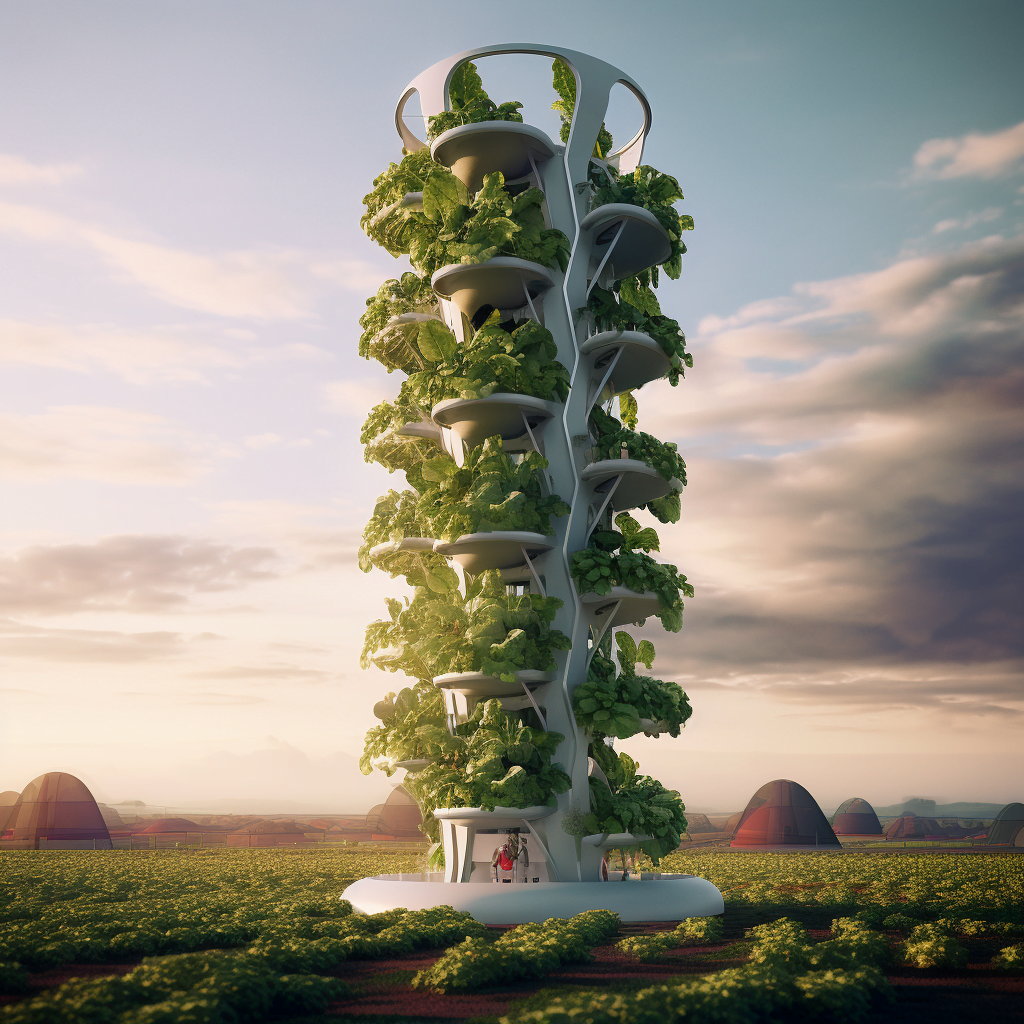
How Do You Get Started with a DIY Hydroponic Tower?
Building your own hydroponic tower is a fun project. Here are some tips:
Design
Carefully plan your design based on available space and desired plant types. Consider:
- Height and width of the tower structure
- Number, depth, and diameter of grow containers
- Maximum plant size at maturity
- Proper spacing between containers and towers
Sketch designs and iterate until you optimize for your goals. Scale vertically to maximize production.
Structural Materials
Towers need to be strong enough to hold containers full of medium and plants. Use:
- Wood – Affordable and easy to work with. Use 2x4s or 4x4s for posts.
- PVC pipe – Light but sturdy material. Connect joints with PVC cement.
- Metal – Steel poles or square tubing make a rigid frame. Aluminum is lightweight.
- Tension cables – Help stabilize and square taller tower frames.
Containers and Grow Medium
As outlined previously, select appropriate containers and medium for your crop type. Ensure good drainage and frequent medium replacement for healthy root zones.
Plumbing Components
You’ll need items like:
- Submersible pump rated for your head height
- 1/2″ tubing, PVC piping, drip irrigation line
- Hose barbs, unions, elbows, tees to connect plumbing
- Timer or hydroponic controller
- Net pots, spray heads, emitters for distribution
Test assembled plumbing for leaks before planting.
Nutrient Solution and Water
Mix concentrated hydroponic formulas or DIY solutions. Always use pH corrected, dechlorinated, clean water for optimal results. Consider an automatic dosing system.
System Maintenance
- Monitor pH and EC levels
- Clean pumps, lines and reservoir regularly
- Replace grow medium every 1-2 months
- Prune and train plants as needed
- Manage temperature, humidity, airflow
- Watch for pests and diseases
Lighting
Tower gardens can be placed outdoors, in greenhouses or indoors with grow lights. High intensity discharge or LED grow lights work best for indoor use. Provide 16-18 hours of light per day.
With some planning and preparation, you’ll be building your own hydroponic tower garden in no time! It’s incredibly rewarding to grow your own produce and herbs hydroponically.
Conclusion
Hydroponic tower gardening allows you to maximize production in a small footprint by growing vertically. The towers create an optimized system to provide plants the water, nutrients, and favorable conditions they need to thrive.
By understanding the different components and how to create a simple recirculating system, anyone can build their own hydroponic tower garden. With a bit of practice, you’ll figure out the best combinations of containers, medium, nutrients and plant varieties that perform well in your particular system. The ability to grow robust, healthy plants indoors or outdoors makes hydroponic towers a useful gardening method for both hobbyists and commercial growers alike.
